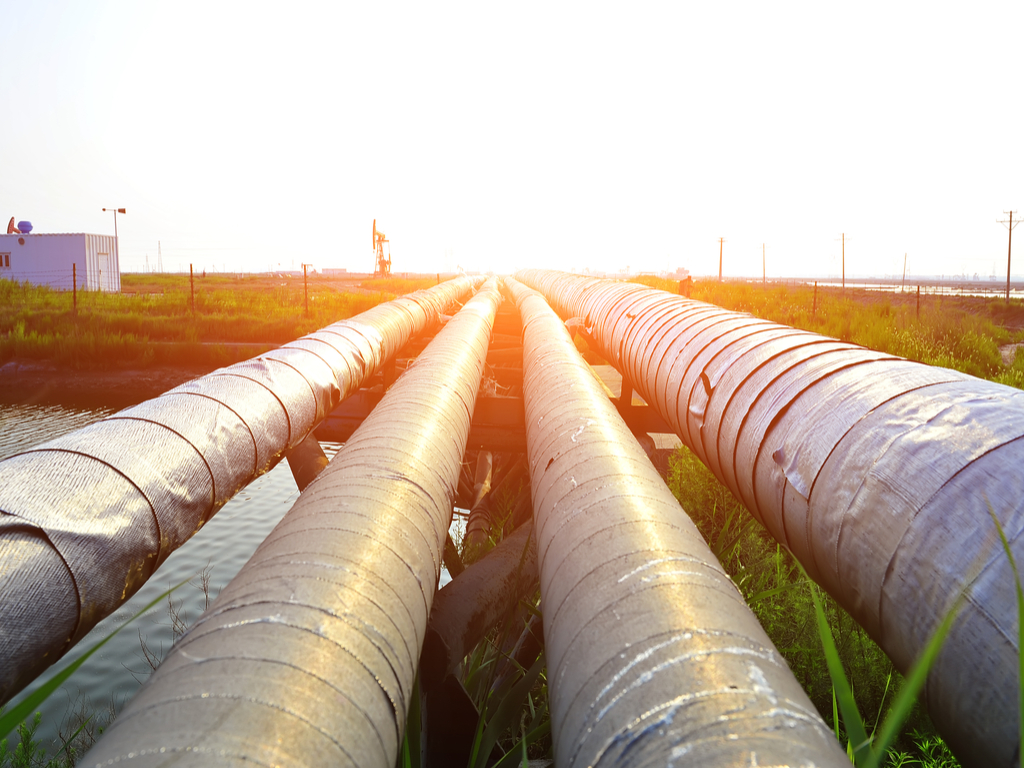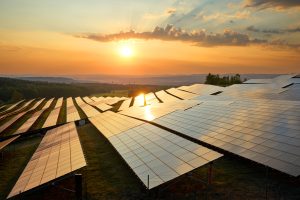The construction of the 43.4 mln euro Estonian aboveground part of the Balticconnector gas pipeline between Estonia and Finland was officially launched on Friday and the project will be completed in October 2019.
The launch of the construction work was celebrated at the point of connection of the Balticconnector aboveground and undersea pipes and compressor station on Pakri peninsula, Estonian natural gas and electricity seller Eesti Gaas said.
Minister of Economic Affairs and Infrastructure Kadri Simson said that Balticconnectorwill join together the Estonian and Finnish gas markets. “It is said that gas is a bridge for future fuels. And in addition to economic impact, Balticconnector will also undoubtedly have an environmentally friendly impact when the pipe will transfer biomethane produced in both countries in the future. Good connections and local production capacities have ensured for Estonia the status of one of the most energy independent states in Europe and we will continue work in the name of energy security,” the minister said.
“Natural gas is one of the fuels that least pollutes the environment. Investments into energy security are extensive and the wider the group of users of natural gas, the more feasible it is to cover investment expenses and continue to keep the price of gas cheap for the consumer,” Ants Noot, CEO of Eesti Gaas, said. Noot added that the connection will also create a real possibility to connect the regions of Paldiski and Keila to the gas network.
The aboveground pipeline of Balticconnector to be built under the leadership of EG Ehitus, a subsidiary of Eesti Gaas, will pass through the rural municipalities of Kiili, Saku and Saue, the city of Keila and the rural municipality of West-Harju. The length of the aboveground part of the connection in Estonia is 55 kilometers. The pipeline will be joined together from 12-meter-long parts, each of which weighing 1.8-2.6 tons, and approximately 6,000 weldings have to be carried out to join them together. The aboveground pipeline is scheduled to be completed by the end of October 2019.
“This is the largest pipeline construction during the period of Estonia’s reindependence, which is very demanding in terms of engineering and at the same time will be completed in an exceptionally short amount of time — in only one year,” Ahto Aruvali, head of EG Ehitus, said. “We have compiled a highly motivated and capable international team for carrying out the work that includes various competences from three companies and two countries — EG Ehitus and Scanweld from Estonia and Alvora from Lithuania,” he added.
Preparations and construction work started along some sections of the pipeline’s route in September and from the beginning of November, installation is being carried out along the entire route. There are approximately 45 various crossings with roads, railways and rivers along the route. “One of the most complex and responsible sections is a crossing of the Keila River and the gas route with a width of 15 meters and depth of 4 meters in the West-Harju rural municipality, the passing through of which will be carried out by a closed method with drilling,” Aruvali said.
Transmission system operator Elering in April 2018 signed a contract with construction consortium AS EG Ehitus, AS Scanweld and UAB Alvora for the construction of the aboveground part of Balticconnector in Estonia. The gas pipeline will enable to establish a gas market encompassing the Baltic states and Finland and increase the security of supply of gas.
The construction of the aboveground part of Balticconnector will cost 43.4 mln euros. The total cost of the project is 300 mln euros, of which 206 mln euros will be financed by the European Union.




